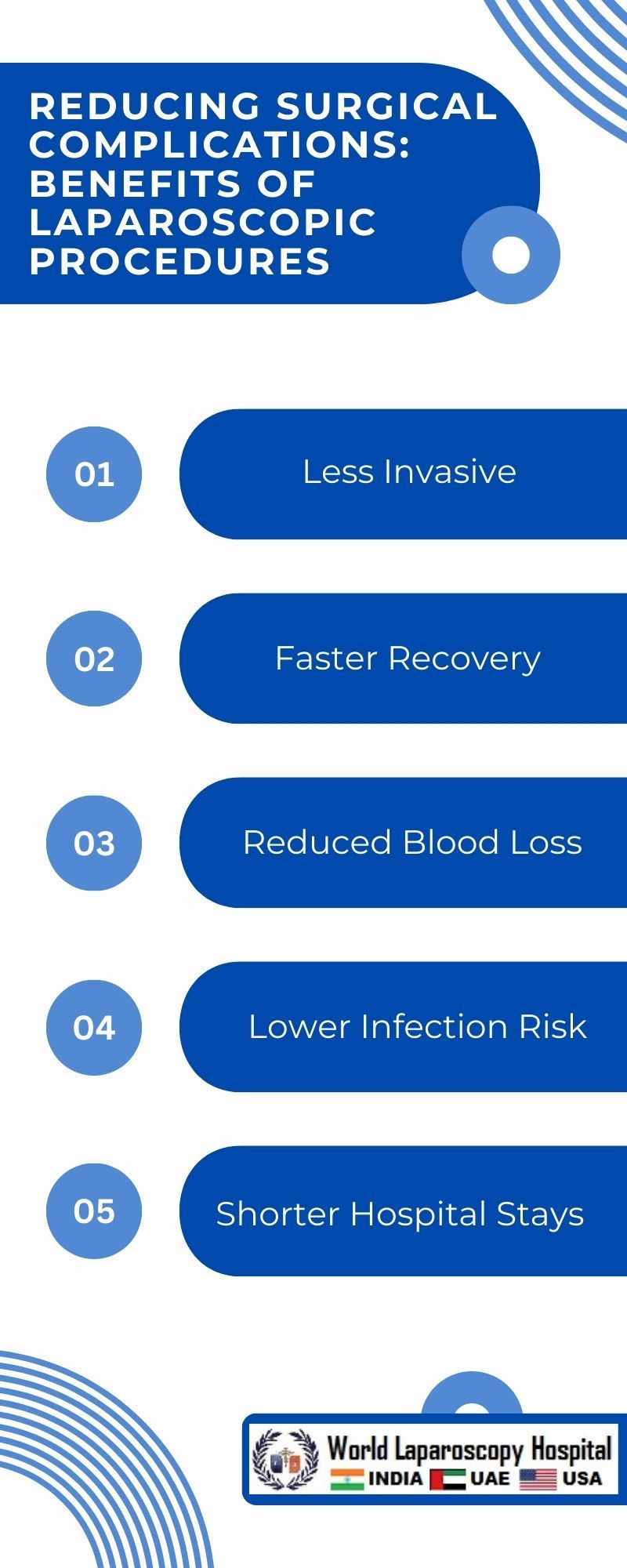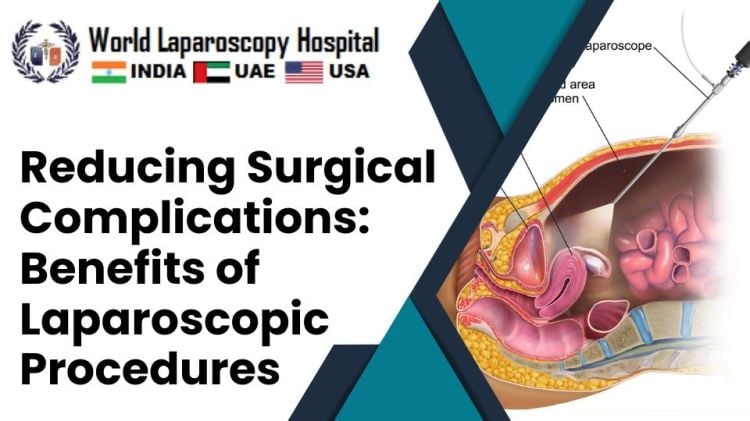Title: Reducing Surgical Complications: Benefits of Laparoscopic Procedures
Introduction
Surgery has come a long way over the years, thanks to advancements in medical technology and innovative techniques. Among these advancements, laparoscopic procedures stand out as a game-changer in reducing surgical complications. In this comprehensive article, we will delve deep into the world of laparoscopy and explore how it benefits both surgeons and patients alike.

The Evolution of Surgery
To understand the significance of laparoscopic procedures, it's essential to trace the evolution of surgery. Traditional open surgeries, with large incisions and prolonged recovery times, were once the norm. However, as surgical science progressed, minimally invasive techniques emerged, giving birth to laparoscopy. This section will highlight the historical context of surgical procedures and the need for less invasive alternatives.
Laparoscopy Unveiled
A. What is Laparoscopy?
In this section, we will explain what laparoscopy is and how it differs from traditional open surgery. Laparoscopy involves making small incisions and using specialized instruments and a camera to perform surgeries internally. This minimally invasive approach revolutionizes surgical practices, offering numerous benefits.
B. Advantages of Small Incisions
Discuss the advantages of smaller incisions, such as reduced scarring, less pain, and quicker recovery times. Include statistics and case studies to emphasize these benefits.
Benefits for Surgeons
Enhanced Precision
Explain how laparoscopic procedures provide surgeons with improved visualization and precision, leading to more accurate surgeries. Discuss how this enhances the surgeon's capabilities and reduces the likelihood of errors.
Reduced Physical Strain
Highlight how the ergonomic advantages of laparoscopic surgery reduce physical strain on surgeons, leading to fewer work-related injuries and fatigue.
Faster Procedures
Discuss how familiarity with laparoscopic techniques allows surgeons to perform surgeries more efficiently, resulting in shorter procedure times.
Benefits for Patients
A. Reduced Pain and Discomfort
Explain how smaller incisions and less tissue trauma result in reduced post-operative pain and discomfort for patients. Include patient testimonials and recovery time comparisons.
B. Shorter Hospital Stays
Discuss how laparoscopic surgeries often lead to shorter hospital stays, allowing patients to return to their normal lives sooner.
C. Lower Infection Risk
Highlight how smaller incisions and reduced exposure to external contaminants lower the risk of post-operative infections, benefiting patient health.
Applications of Laparoscopy
Explore the wide range of surgeries that can benefit from laparoscopic techniques. Discuss gynecological procedures, digestive system surgeries, urological surgeries, and more. Include specific examples and success stories.
Challenges and Considerations
Acknowledge that while laparoscopy offers numerous advantages, it is not without its challenges. Discuss potential limitations, such as the learning curve for surgeons and the cost of specialized equipment.
The Future of Laparoscopy
Offer insights into the ongoing research and developments in laparoscopic procedures. Discuss emerging technologies and how they might further enhance the benefits of laparoscopy.
Conclusion
In conclusion, laparoscopic procedures have revolutionized the field of surgery by significantly reducing surgical complications. Surgeons in Gurugram and around the world now have access to advanced techniques that offer enhanced precision, reduced physical strain, and faster recovery times. Patients benefit from less pain, shorter hospital stays, and lower infection risks. As we continue to witness advancements in medical science, laparoscopy is poised to play an even more significant role in improving the quality of surgical outcomes and the overall patient experience. It is a testament to the ever-evolving landscape of modern medicine, where innovation continually reshapes the path toward better health and well-being.


